The Stunning Artist’s Home That Made Me Fall in Love with Modica
(And why where you stay in Sicily for your holiday makes a difference.)
When it comes to travel, I always believe we should follow the inklings that draw us to a place. And for years I felt the pull to Sicily.
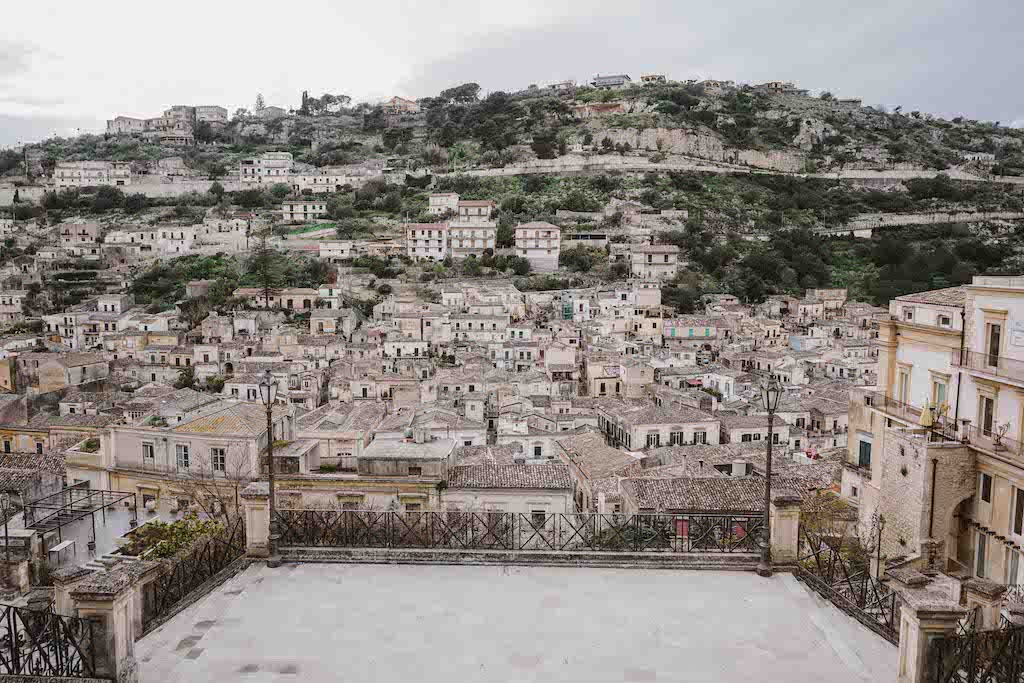
So I did what I always do next…I asked around about where I should stay. Yet the more I asked my fellow travelers if they had been to the island, the more I realized very few people seem to make it to Sicily. The area is not nearly as popular as the main cities and sights in the rest of Italy. (Of course, this turned out to be one of the main reasons I loved it so much.)
Those who had gone commented that it wasn’t the most solo travel-friendly spot, if for no other reason than it’s best traversed in a car and the journey is an adventure best made with a co-pilot. So, armed with a cheap flight to Rome and said travel partner in tow, I finally made it to Sicily this year.
After deciding to go, the next call I had to make was where to call my home base for the majority of the trip. I envisioned staying on the beach or the cliffs overlooking the ocean — and while I did that too (Cefalu!) the most memorable part of my time in Sicily was to be found elsewhere.
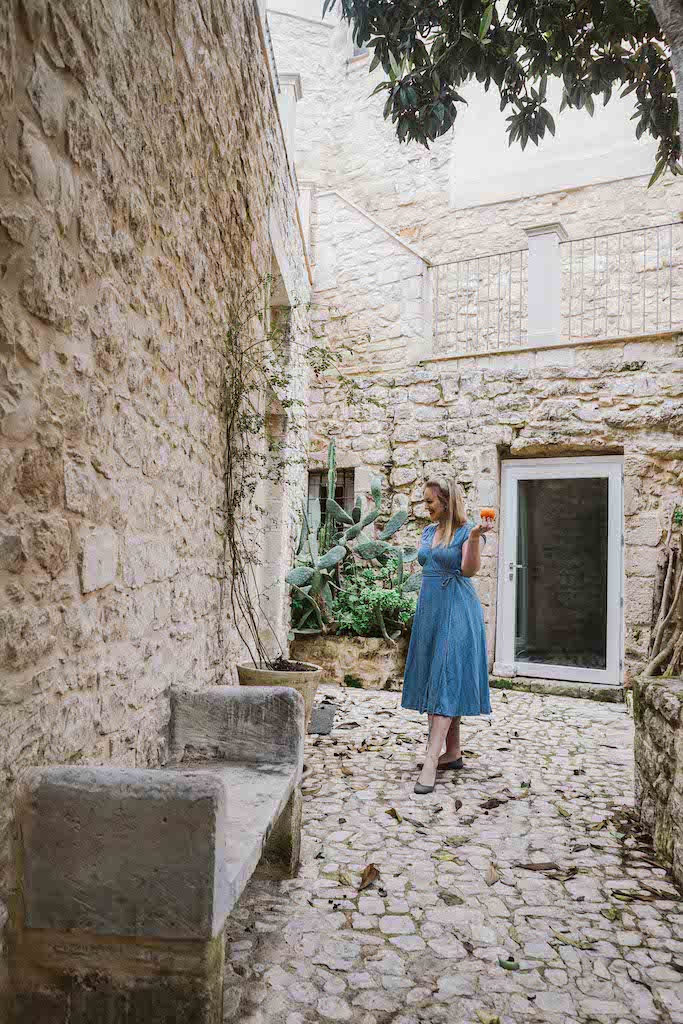
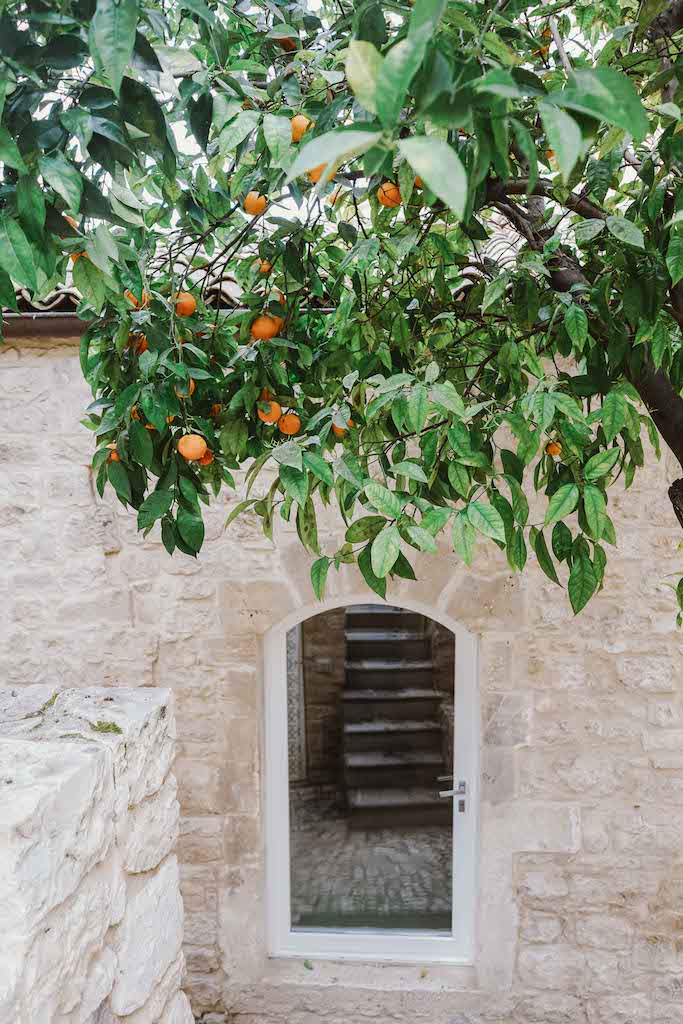
Staying in the Val di Noto, Sicily
Many travelers who have felt the siren call (or simply, the persistent urging of their friends who have been,) take to the major cities and beaches of Sicily. The area of Sicily that stuck with me most, however, doesn’t have either of those things.
The Val di Noto, located on the southeast part of the island, was mostly destroyed by an earthquake in the 17th century. What was rebuilt still stands today as one of the best examples of Baroque architecture in the world.
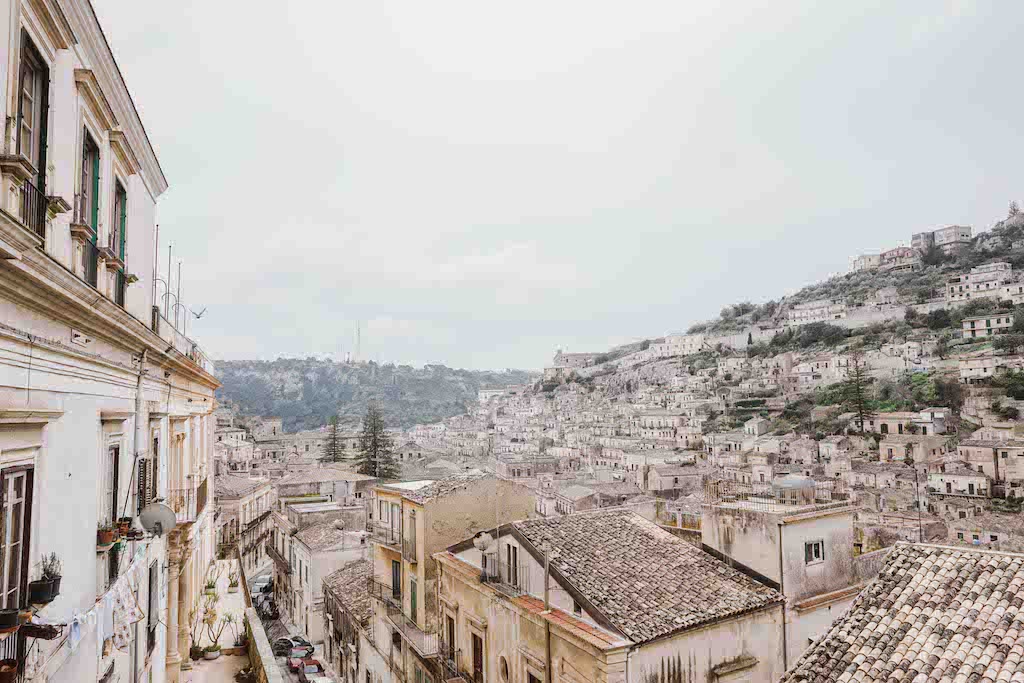
What does this mean for the visitor today? Wide boulevards, hillside towns, church facades, and narrow alleys — often in stone and primarily built into their natural surroundings. Exploring the towns of the Val di Noto feels a bit like wandering in a maze — if that maze happened to be lined with delightful trattorias, wine bars, and pastry shops.
I chose to base myself in Modica, which is best known for its artisan chocolate made from a recipe that dates back to the Aztecs. Much as I was curious to try the chocolate (it is quite spectacular) I was most excited to call the Residenza Hortus home for a few days.
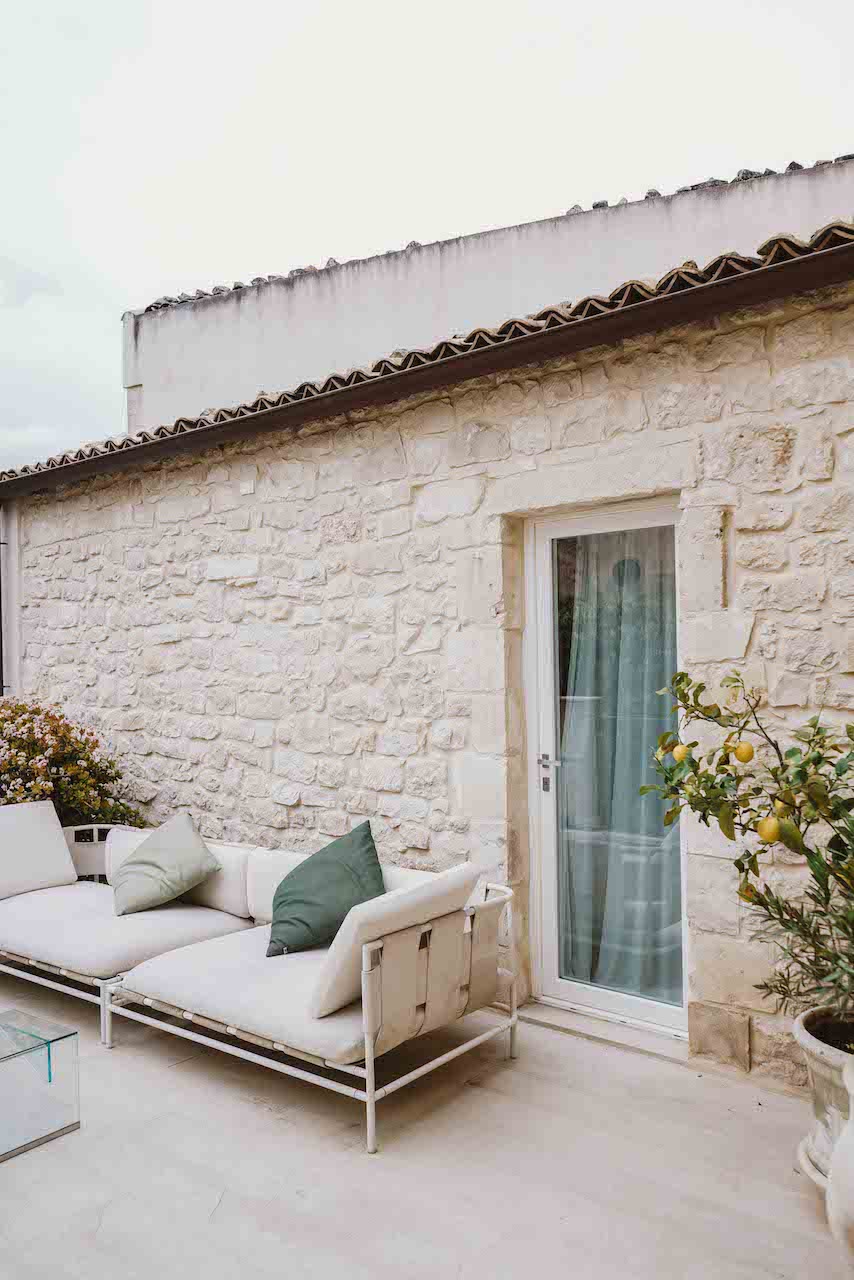
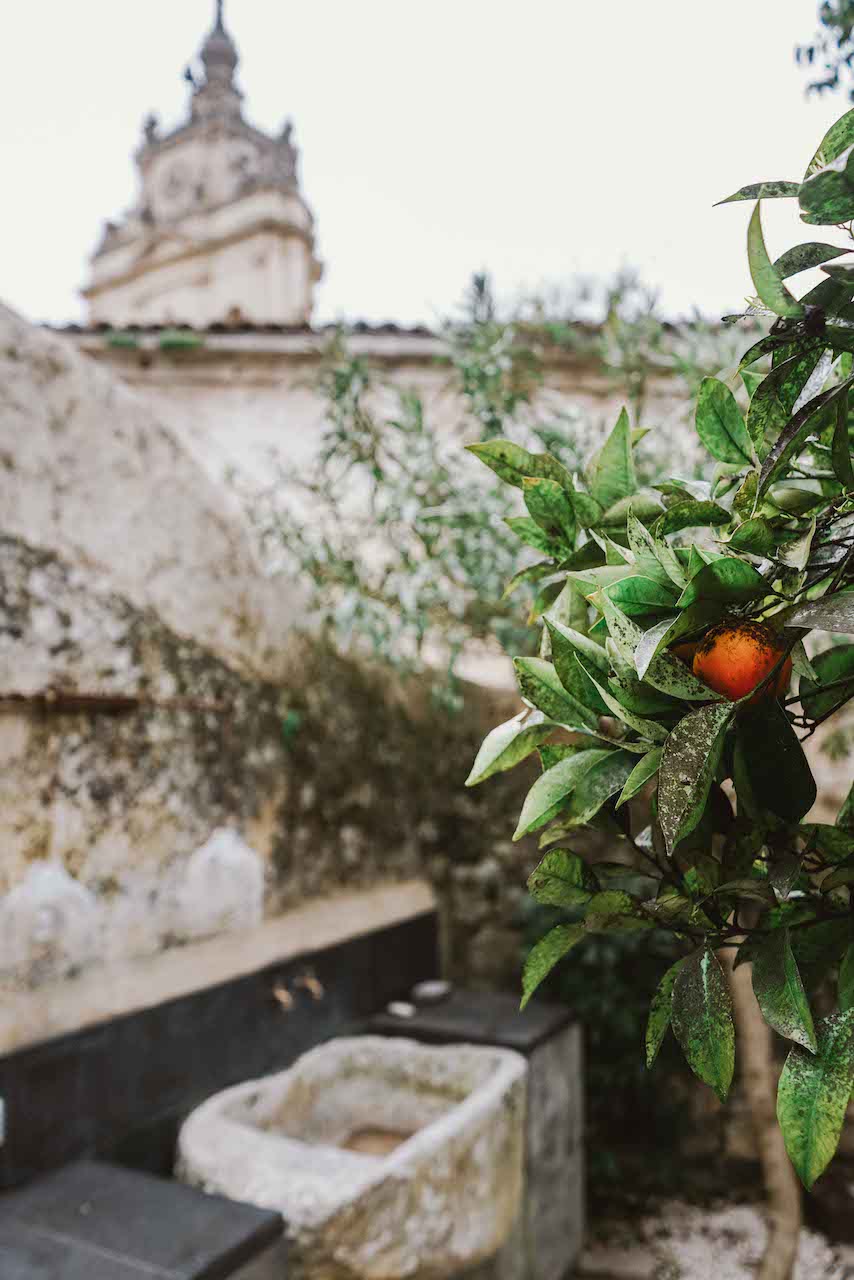
What: Residenza Hortus, an artist-renovated three-bedroom historic home
Where: Right off the Piazza di San Giorgio in the heart of Modica, Sicily
When: Year-round, though summers bring more people to the area
Who: 2-6 people
How Much: from €210 to €500 per night
A friend had directed me to the collection of artist homes called Anime a Sud or ‘soul of the south.’ Designed by Italian artist Luca Giannini, I loved both his passion for the project and the intention and meaning behind each choice in the home.
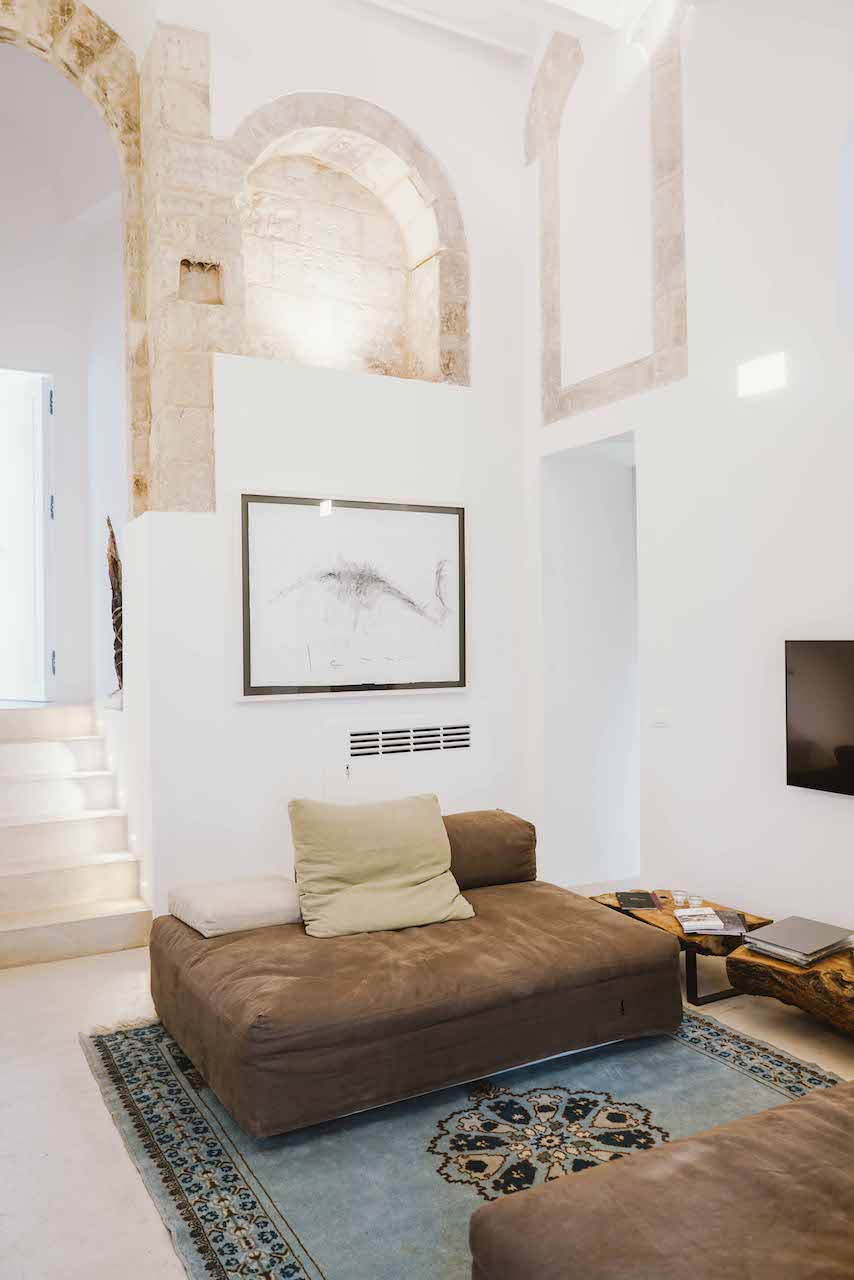
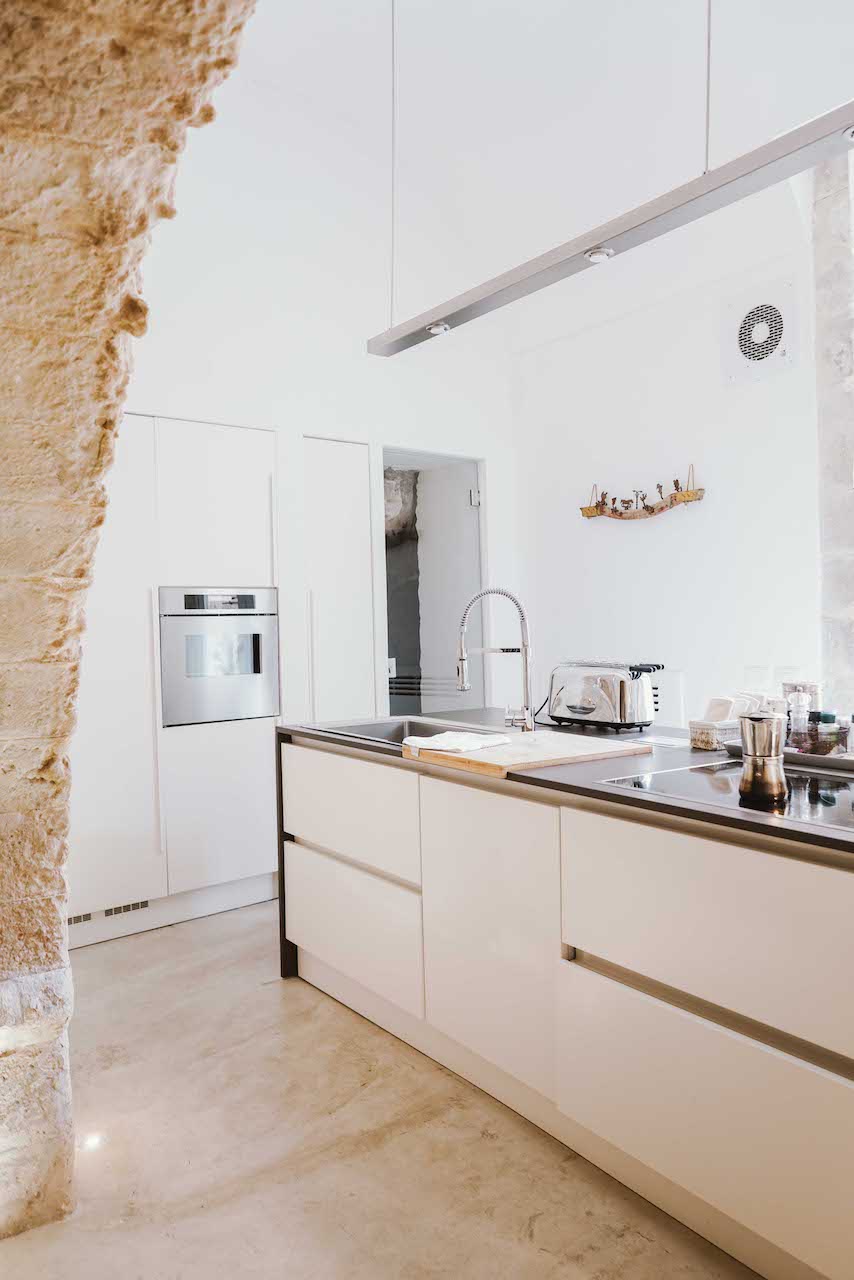

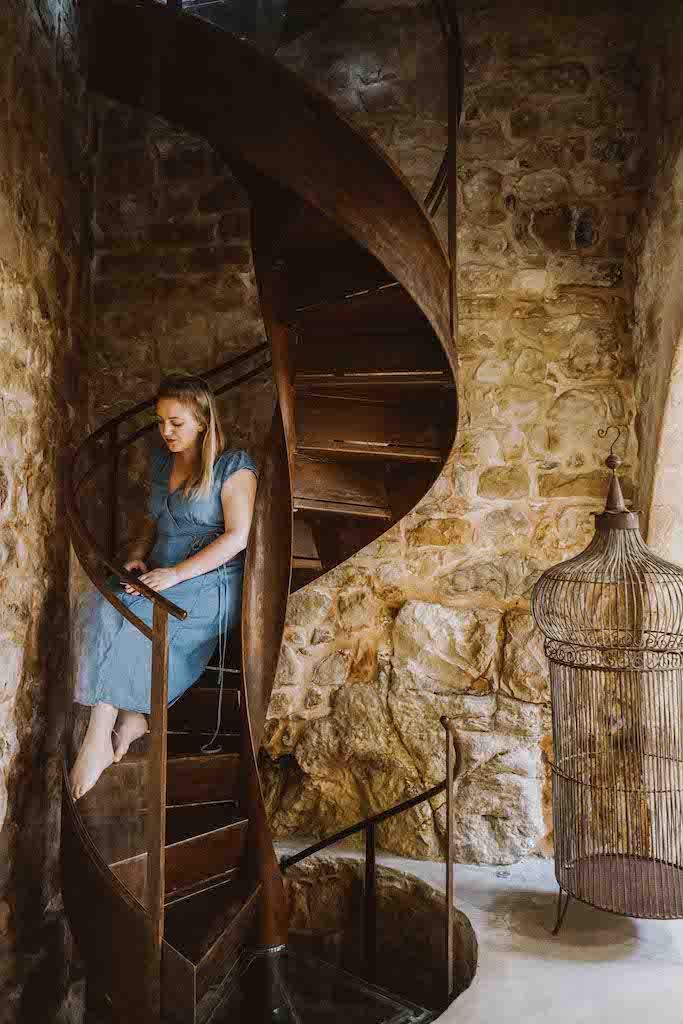
The first thing I noticed upon entering the space each day was how light and airy the entire home is. Each of the bedrooms represents a different element, so you’ve got a ‘fire’ room with a fireplace built into the wall, an ‘air’ room that opens out onto the terrace, and a ‘water’ room with an elegant bathtub for a headboard (a hotel first as far as I know.) Each has custom-carved tile and design touches that subtly convey the theme. All of this lends itself to an ambiance of peace and natural flow in the house.
Off of the open kitchen is a beautiful recovered iron staircase, which leads down to a stone wine cellar filled with Sicilian wines. Most of the house is made of stone, so you get a sense of grounding and quiet as you relax in each of the rooms. Every detail honors the story of the origins of the property and the story of the local area, each exquisite material chosen deliberately.
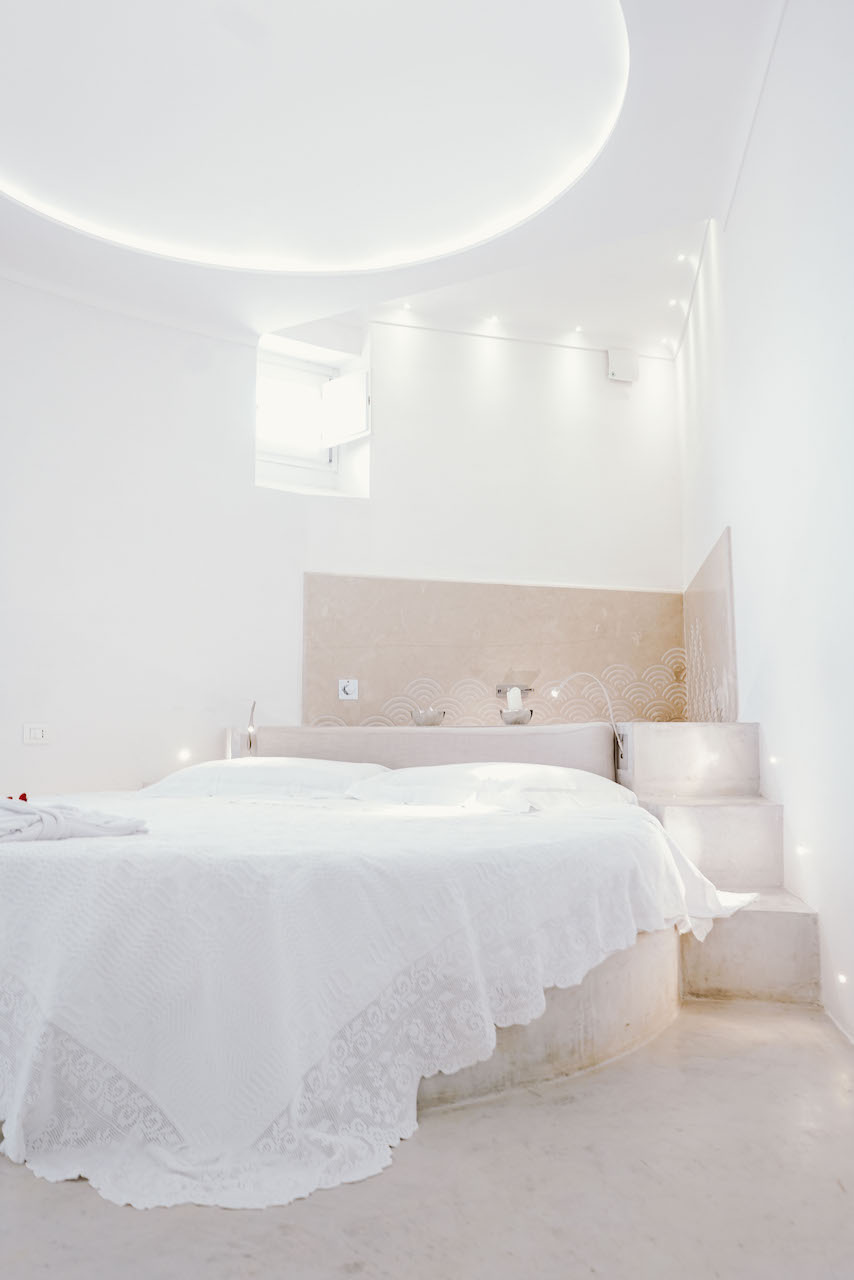
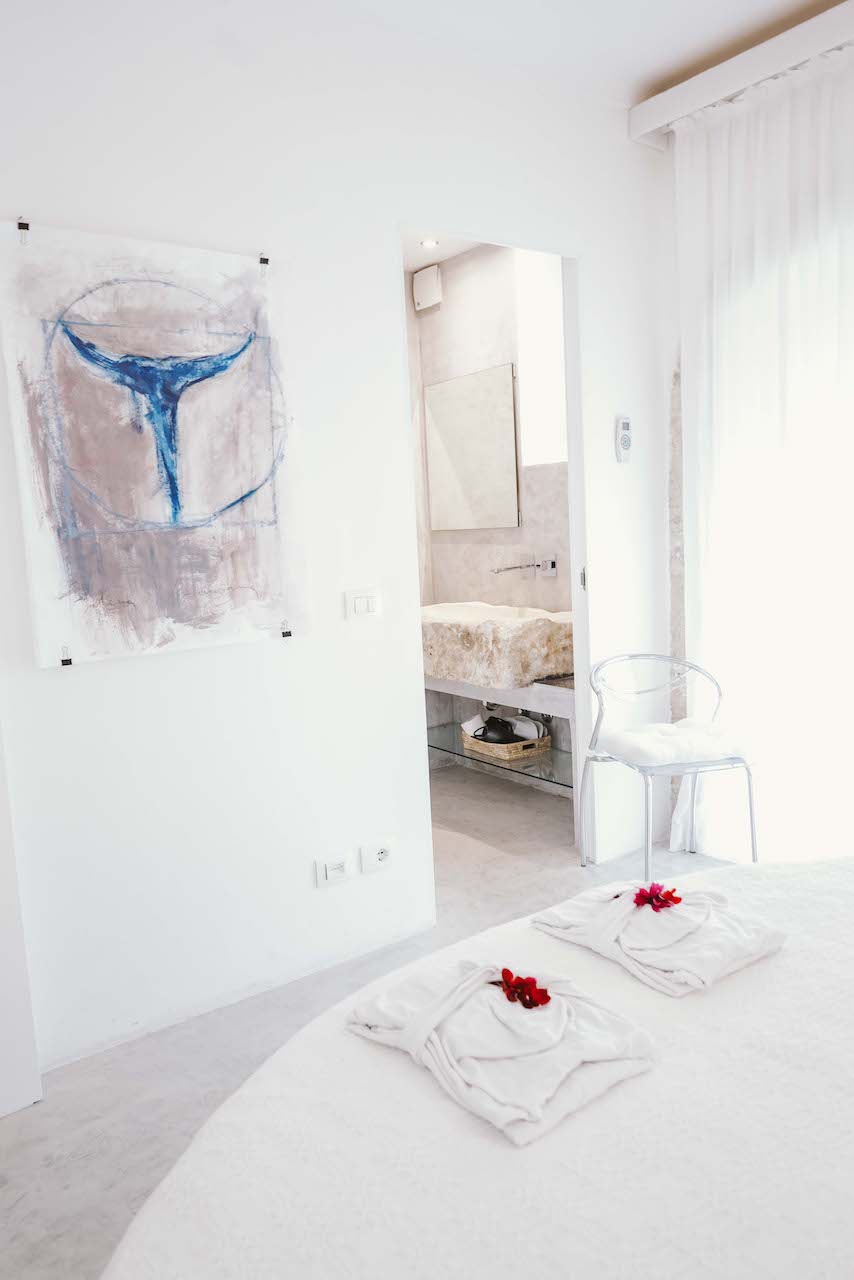
As I learned more about the Residenza Hortus’s reconstruction, it made even more sense why I felt so connected to this special place:
The architectural project first focused on the ‘soul of the place,’ in order to catch the basic field lines and the specific energetic condensations and emotions which had stratified in that place across the time, and that had slowly turned into a sort of thin grid made of balances and harmonies which necessarily needed to be respected during the restoration works.”
Luca Giannini, artist and founder
Perhaps the best part of the home is the large terrace, which sits surrounded by Sicilian orange and pomegranate trees and beneath the tops of the San Giorgio church. There’s a small heated pool that’s great for winding down after a day of exploring. The terrace is a calm oasis that feels both modern and centuries old, and entirely private and yet engaged with the heritage of Modica. Its garden, of course, represents the earth element in the home.
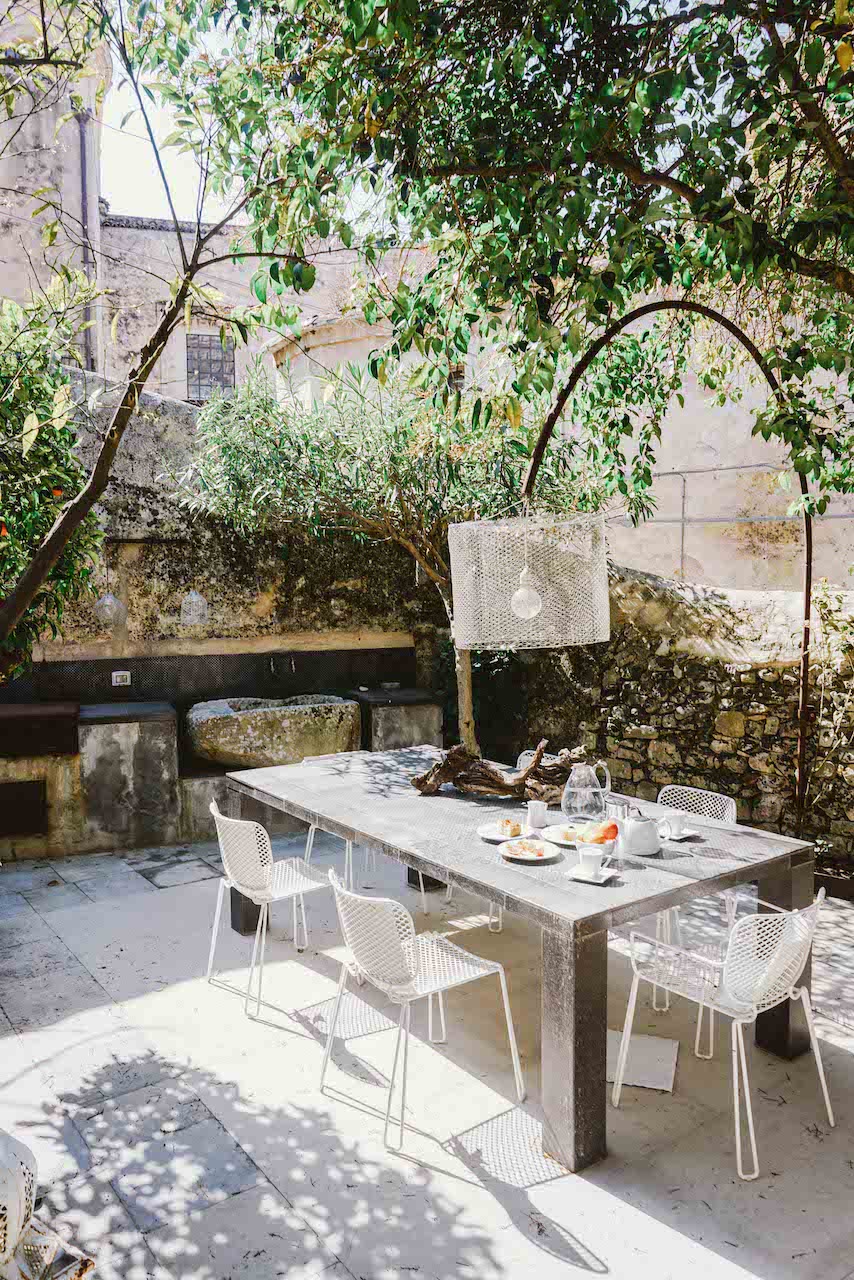
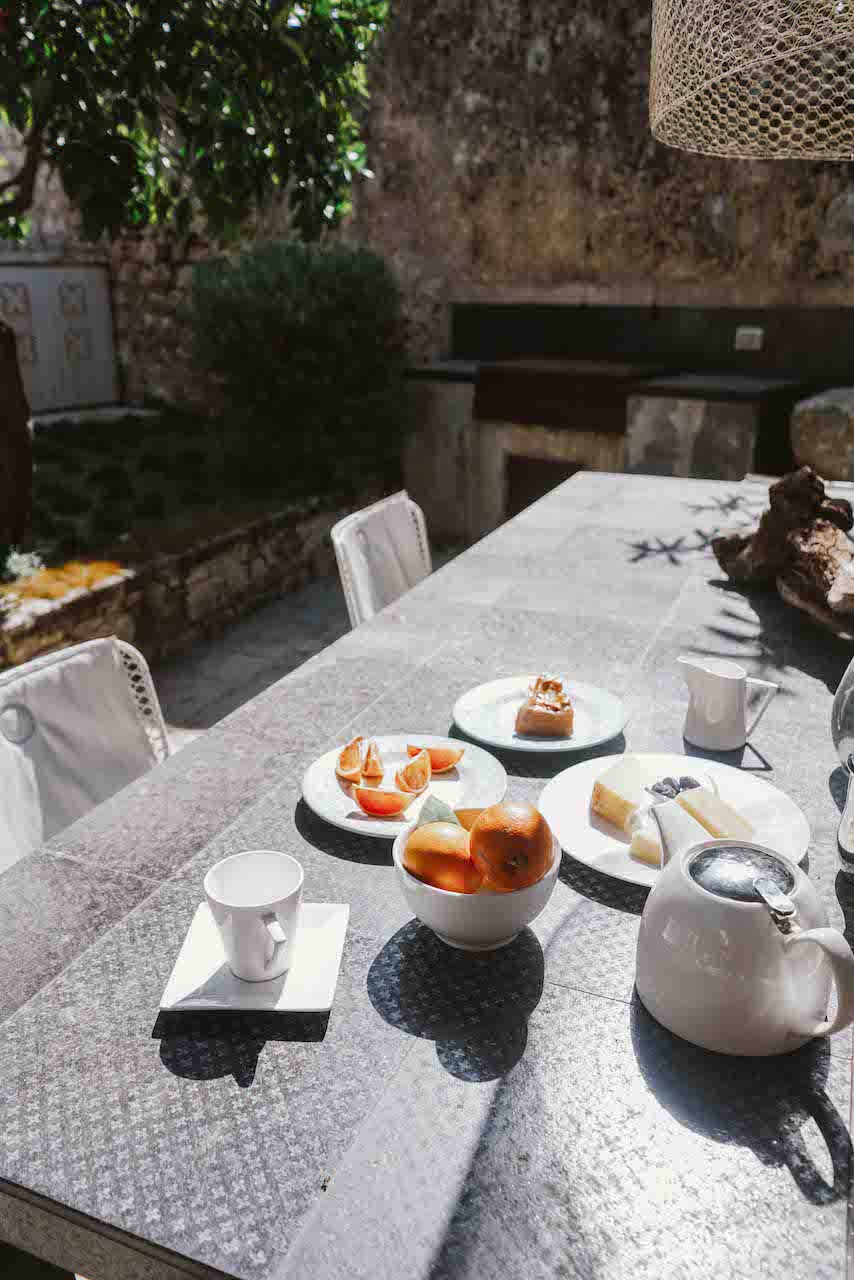
The excellent and kind local staff is on hand not only to introduce you to the area and give tips, but also to arrange activities and private meals on the terrace, which we had the pleasure of experiencing one slow morning. There truly is a balance of feeling like you’re in a personal home — but with the amenities of a boutique hotel.
From Modica, it’s easy to explore the neighboring Baroque towns of Noto, Ragusa, Siracusa, Caltagirone, and Scicli. (I recommend them all!) Each feels unique in its own way, and each has excellent food and unforgettable views. All make great day trips from the Residenza Hortus (unless, like me, you are tempted just to stay in and nearby the house.) I was grateful to learn more about the region and its food in the Sicily chapter of this incredible book about Italy’s culinary culture.
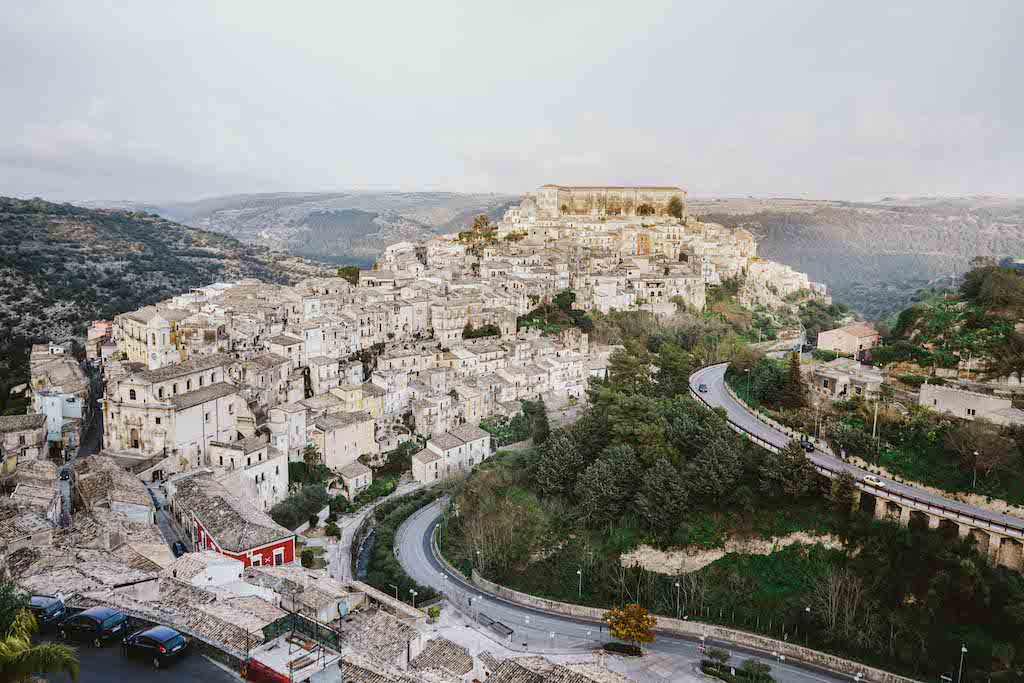
There is a lot to see even walking distance up and down the hill from Hortus (don’t miss the chocolate, really!) You can also explore the Southeastern beaches or Catania and Mount Etna if you haven’t already. All of the towns (including Catania) comprise the UNESCO World Heritage status given to the Val di Noto, so it feels cohesive to set out to explore them all.
Anime a Sud also renovated a smaller apartment in Modica called Casa Kimya, plus a perfectly located space in Siracusa. Like Residenza Hortus, both tell a story that makes you feel like uniquely immersed in Southern Sicily. I can’t wait to go back to experience them all.
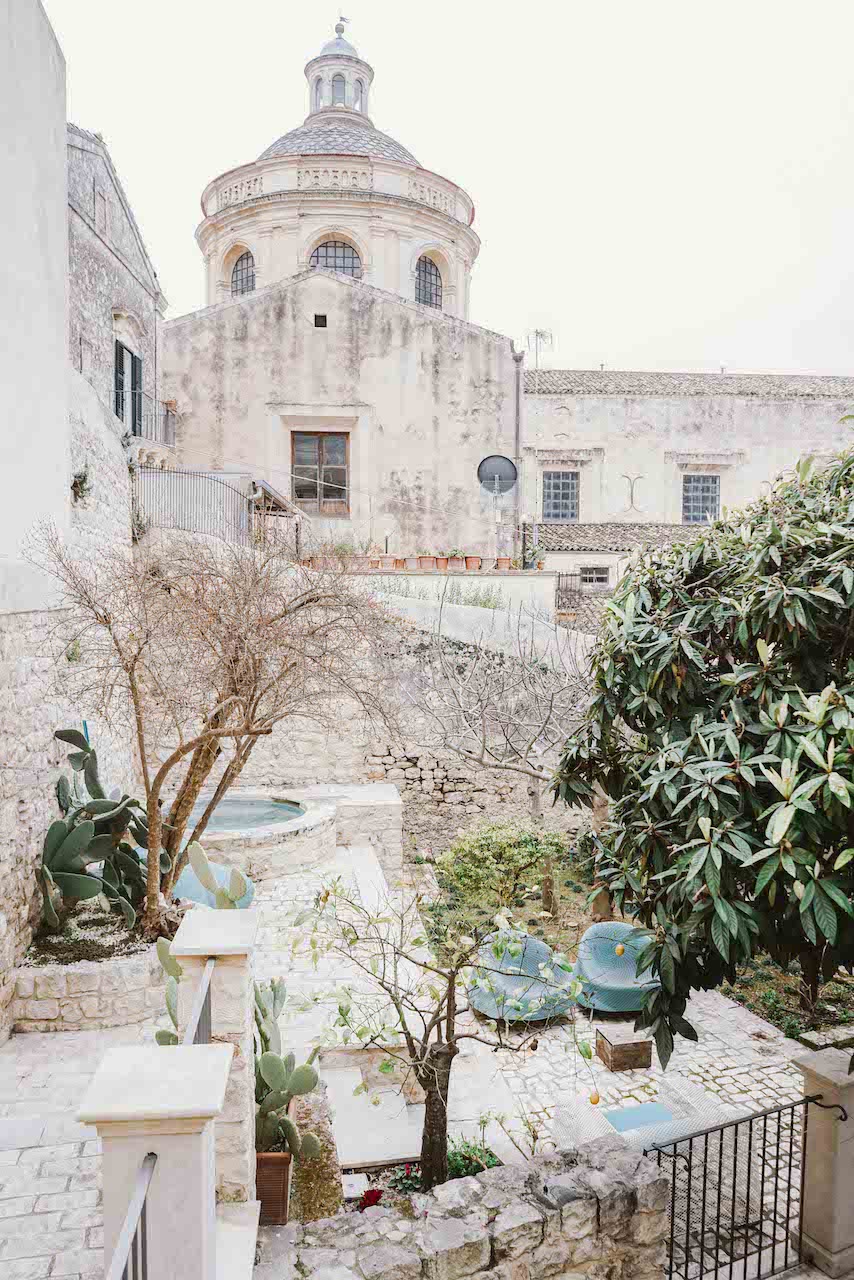
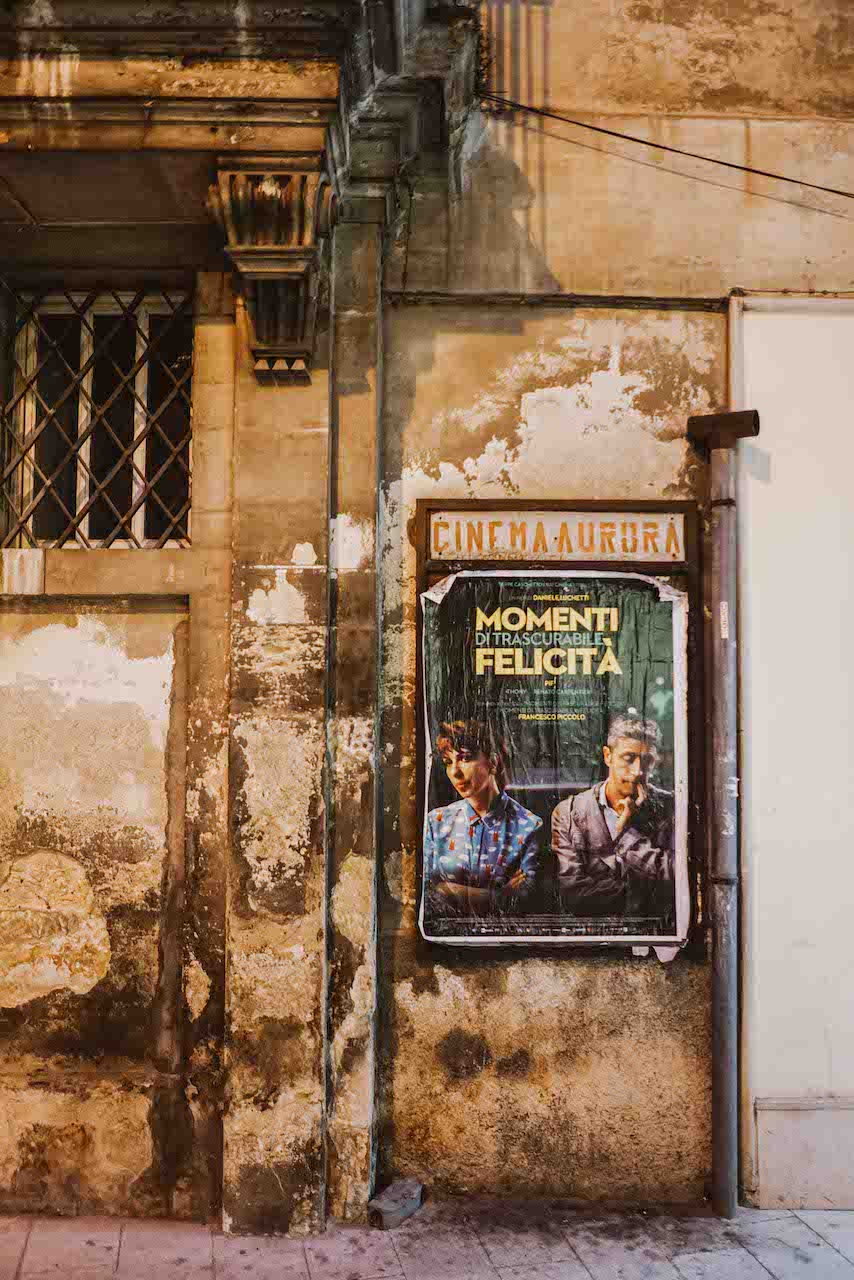

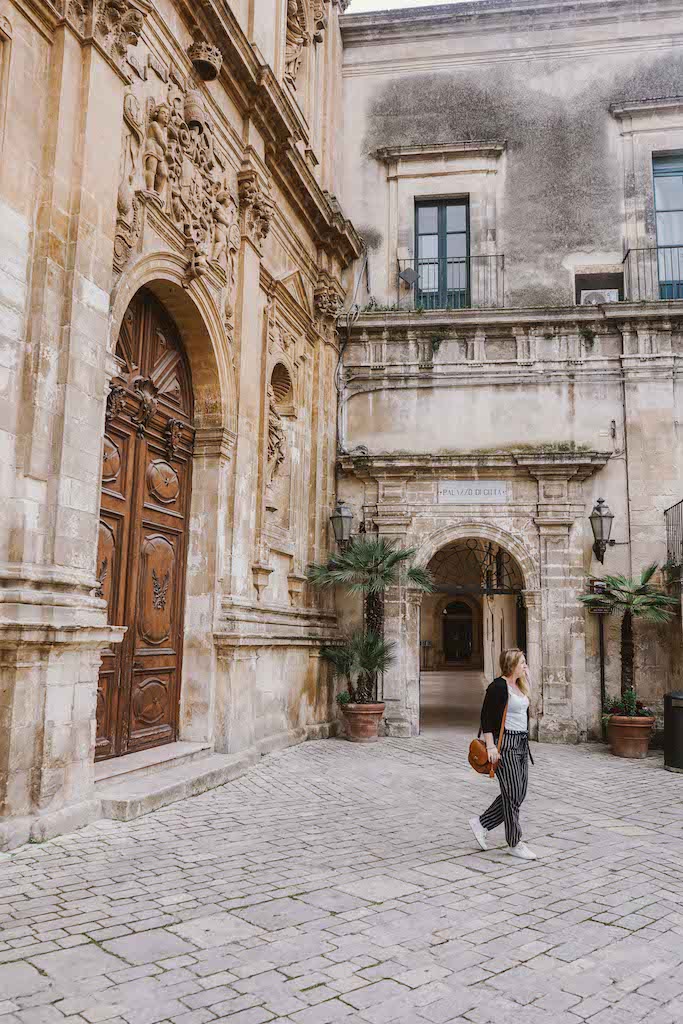
Residenza Hortus was one of the most personally restorative and deeply thoughtful places I’ve had the pleasure of staying in. It’s a comfortable and stylish home, yes — but it’s also a living, breathing work of art that is more than a place to rest your head at night. The entire space speaks to you of this incredible region’s past, present, and hopefully, future.
My stay at Residenza Hortus was kindly hosted by the owner. However, all opinions (and photographs) are strictly my own.
:: save for later ::
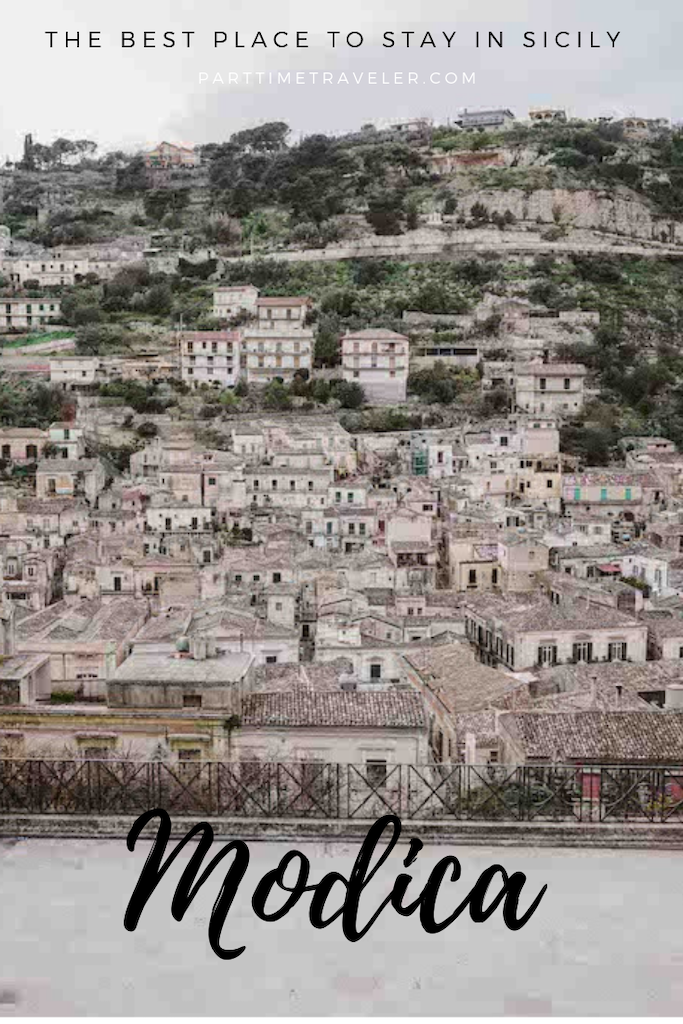
My City, My home..thank you!
Love it there <3